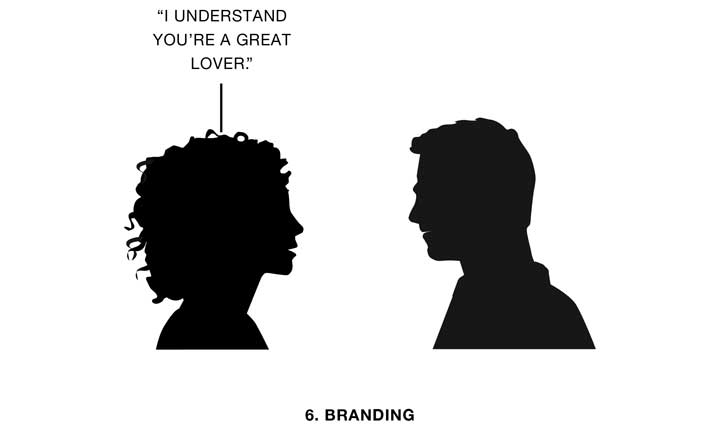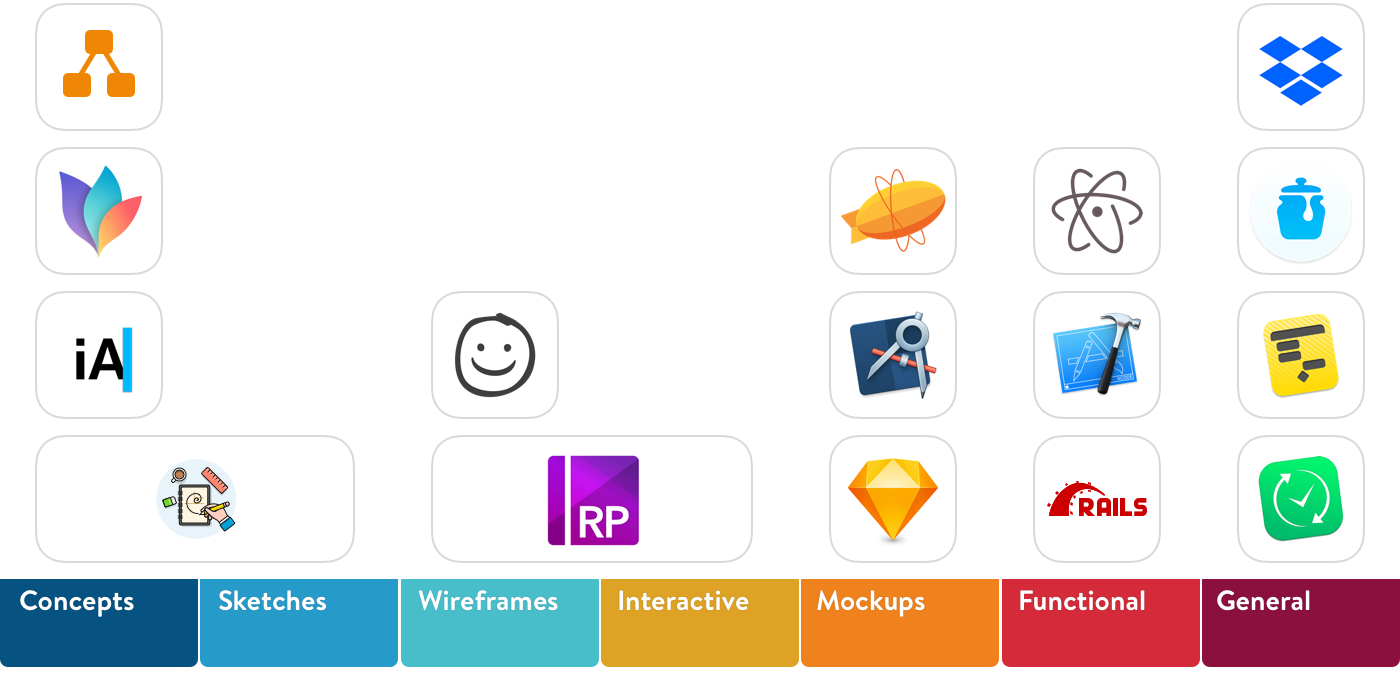
(Originally Posted 01/29/2007)
You don’t control your brand. We do. — Roland Barthes
A couple months ago John over at Brand Autopsy posted a series of simple images from Zag Book that brilliantly illustrates the differences between advertising, marketing, pr and branding.
Your brand is your story, your myth. At its best your brand captivates and fires the imagination, it inspires and seduces people, it marshals markets and makes them hunger for you. A great brand, like a great story, is frighteningly powerful; and maddeningly volatile. Indeed, just like the author of a story, you don’t control your brand–we do.
Sure the post-structuralists and deconstructionists and guys with super cool Serge Gainesbourg accents may have gone a little far with many ideas, but I think they were mostly right with the idea of the author’s death; the idea that after writing a story, the author is no longer relevant and all of the power to make meaning of the text now resides with the reader.
Indeed this is what made the medieval church authorities so terrified to have the bible written in the vernacular: it would allow people to read the text free them from an orthodox intermediary interpreter and construct their own meanings. In this case, the death of the author meant the death of the church, of faith, of God. That is the power of the reader, a power that has terrified thinkers from Aquinas to Darrida, and a power that you need to learn to manage and embrace if you want yours to be a great brand.
So while the reader may have no control over the artifacts of your brand, they have complete control over their interpretation of these artifacts’ meanings and it is the meanings not the artifacts that captivate, fire, inspire and seduce.
Treat your brand as an author does a story, not as an ad-man flogs a soundbite.





